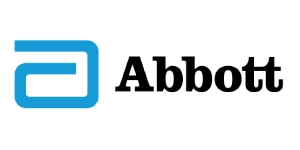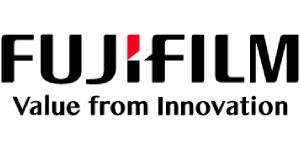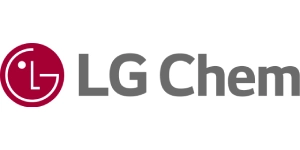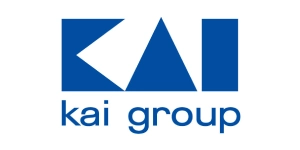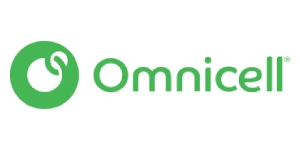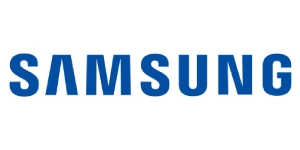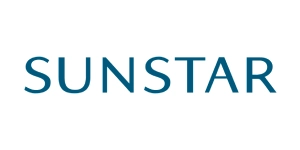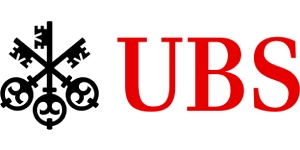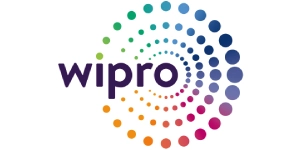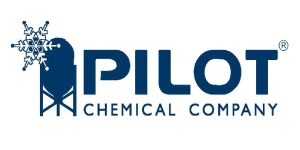Acid Dyes Market Outlook 2025-2032: Trends, Applications, and Industry Insights
Category : Materials And Chemicals | Published Date : May 2025 | Type : Press Release
Acid dyes refer to synthetic, water-soluble dyes characterized by anionic properties and affinity for protein fibers and synthetic polyamides. These dyes exhibit bright shades, excellent leveling properties, and good wash-fastness, ensuring vibrant and durable coloration. They deliver reliable performance in textile dyeing, leather finishing, ink formulations, and specialty applications. Additionally, acid dyes support reproducible results, enhanced penetration, and uniform dye distribution across various substrates. The product accommodates a wide spectrum of shades, allowing flexibility in design and product differentiation.
Major end-use industries include textiles, leather goods, and paper manufacturing, with growing interest in fibers like wool, silk, and nylon. The market responds to evolving environmental regulations through sustainable formulations, reduced effluent load, and adherence to stringent quality standards. This ongoing innovation supports consistent demand and growth across diverse global markets. In this blog, we will discuss about acid dyes market growth, scope, trends, and key players, among others.
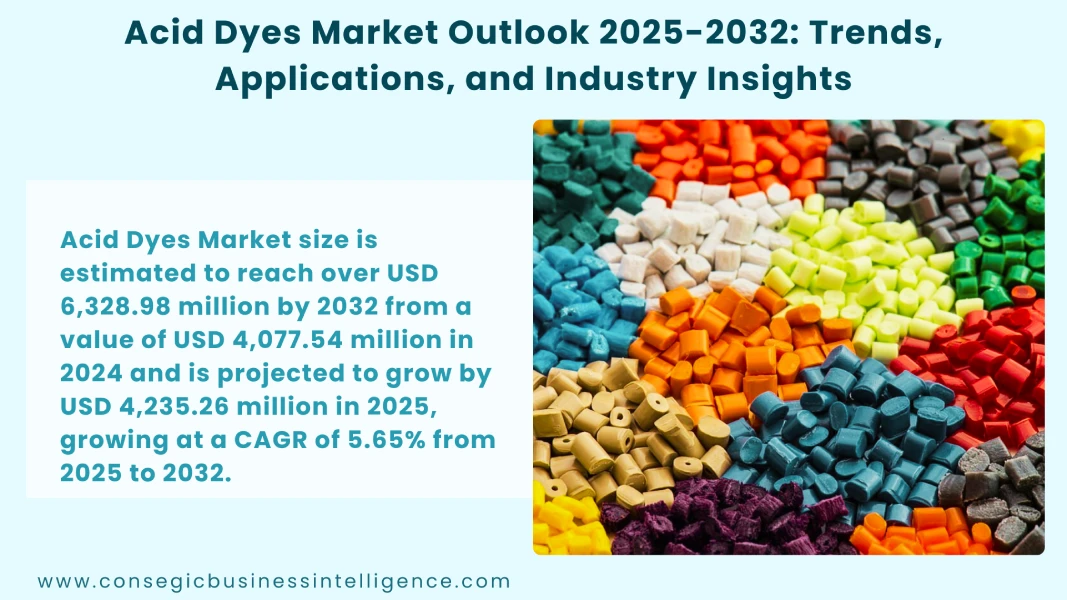
How big is the acid dyes market?
Acid Dyes Market size is estimated to reach over USD 6,328.98 million by 2032 from a value of USD 4,077.54 million in 2024 and is projected to grow by USD 4,235.26 million in 2025, growing at a CAGR of 5.65% from 2025 to 2032. The North American region held the largest revenue share in 2024, while Asia Pacific is fastest fastest-growing region during the forecast period. The strong surge for acid dyes in the production of high-quality textiles and carpets, as well as their increasing use in the cosmetics and personal care industries for coloring products like shampoos and lotions, is increasing the demand for global acid dyes demand. Moreover, market analysis of acid dyes shows that evolving environmental regulations through sustainable formulations, reduced effluent load, and adherence to stringent quality standards are boosting the market.
Segmentation Analysis:
The market is segmented based on type, dyeing technique, and end-use industry. By type, the strong acid dyes segment accounted for the largest revenue in the acid dyes market in 2024 due to their widespread use in the textile sector and their ability to deliver vibrant and durable colors. Meanwhile, the neutral acid dyes segment is expected to witness the fastest CAGR growth during the forecast period, due to their use in luxury textiles and the rising focus on sustainable dyeing practices.
Based on dyeing techniques, the exhaust dyeing segment accounted for the largest revenue share in the acid dyes market in 2024 due to its efficiency and ability to deliver high-quality results in mass textile production. Meanwhile, the printing segment is expected to register the fastest CAGR growth during the forecast period due to the rising demand for customized textiles and advancements in digital printing technologies.
Based on end-use industry, the textiles segment accounted for the largest revenue share in 2024 due to the extensive use of acid dyes in producing vibrant and durable fabrics for apparel and home textiles. Meanwhile, the food & beverages segment is predicted to register the fastest CAGR growth during the forecast period due to the rising advancement of visually appealing products and increasing adoption of safe, food-grade acid dyes.
Regional Analysis:
Asia Pacific region is the largest and fastest-growing region in the acid dyes market and is expected to continue growing due to driven by rapid industrialization and the expansion of textile and leather manufacturing in China, India, and Bangladesh. Moreover, China dominates the market with its large-scale production of textiles and increasing use of acid dyes in apparel and home furnishing fabrics, as per the analysis. Additionally, India’s growing textile exports and traditional dyeing industries further support the demand for acid dyes. Further, in December 2024, Kyung-In Synthetic Corporation (KISCO), KISCO implemented eco-friendly processes, surpassing regulatory standards for air emissions and wastewater discharges, ensuring environmental protection.
In North America, the U.S. accounted for the highest share of 72.40% during the base year of 2024. Additionally, North America holds a significant share in the market analysis, driven by its application in textiles, leather, and industrial dyeing processes. Moreover, Canada contributes to the market with its adoption of acid dyes in niche applications such as food packaging and inks. However, stringent environmental regulations on dye effluents and industrial wastewater treatment may pose challenges to manufacturers in the region.
In Europe, the market is expanding due to the region's advanced textile and leather industries, as well as its focus on eco-friendly production processes. In the Middle East and Africa, the market is emerging, influenced by increasing demand for textiles and leather products. In the Middle East, countries such as Saudi Arabia and the UAE are adopting acid dyes for fabric dyeing in traditional garments and home textiles. Latin America is witnessing gradual growth in the market, driven by extensive adoption in apparel and footwear production.
Key Trends & Innovations:
Companies are investing in research to create more convenient and eco-friendly acid dyes. The key trends & innovations include technological advancements, increasing environmental awareness, and a growing demand for natural and sustainable alternatives. Technological advancements such as improved dyeing processes, new dye formulations, and digital advancements are propelling the market trend.
Moreover, increasing environmental awareness focuses on need for sustainable and natural dyes, compliance with environmental regulations, and efforts to reduce water and energy consumption.
Regulatory Landscape:
The regulatory landscape for acid dyes is evolving due to growing environmental awareness and stringent regulations. Additionally, there's a push for innovative dyeing techniques and digitalization to improve efficiency and reduce environmental impact.
Moreover, increasing focus on reducing the environmental footprint of textile chemicals and leather industries, leading to regulations on wastewater treatment and the use of environmentally friendly dyes. Regulations restrict the use of certain dyes due to their potential toxicity or health risks, including heavy metals and other hazardous substances.
Competitive Landscape:
The acid dyes market is a competitive space with various players, including those focused on various aspects, including developing new dyes and application range. The market is experiencing strong growth, driven by increasing use in the textile and leather industries. Key players in the market include –
- Atul Ltd. (India)
- BASF SE (Germany)
- Gayatri Group (India)
- Clariant International Ltd. (Switzerland)
- Huntsman International LLC (USA)
- Kiri Industries Ltd. (India)
- Camex Limited (India)
- Setas Color Center (Turkey)
- Rudolf GmbH (Germany)
- Zhejiang Runtu Co., Ltd. (China)
Challenges & Restraints:
The acid dyes market faces challenges like environmental regulations, sustainability, and changing consumer preferences. The market often faces significant environmental challenges, particularly concerning wastewater management. Stringent regulations, especially regarding public and personal safety, are limiting market expansion. The high cost of advanced treatment systems to remove pollutants and ensure regulatory compliance can be a barrier to accessibility. Moreover, environmental regulations and corporate responsibility are prompting the sectors to explore innovative solutions for wastewater reduction and recycling, but these efforts require substantial investments and cross-sector collaboration.
Opportunities & Future Outlook:
The shift towards development of low-impact and eco-friendly acid dyes is driving the demand for acid dyes, which has created opportunities for the development of low-impact and eco-friendly acid dyes. Innovations in dye chemistry are enabling the production of biodegradable dyes and formulations that require less water and energy during the dyeing process. Significant growth opportunities are identified in emerging markets, particularly in the Asia-Pacific region, which is expected to be the fastest-growing region during the forecast period.
Moreover, eco-friendly acid dyes are being tailored for use in advanced dyeing techniques, such as digital printing and low-temperature processes, which further enhance their appeal in industries seeking to improve operational efficiency. Additionally, green manufacturing and sustainability-focused branding highlight the potential of these dyes to capture market interest, making them a promising avenue for innovation and the acid dyes market expansion.
Conclusion:
Acid dyes refer to synthetic, water-soluble dyes characterized by anionic properties and affinity for protein fibers and synthetic polyamides. Increasing use in textile and leather industries is driving the market growth. Moreover, the shift toward sustainability in the dyeing industry has created opportunities for the development of low-impact and eco-friendly acid dyes. Additionally, the key trends include technological advancements, increasing environmental awareness, and a growing demand for natural and sustainable alternatives. Further, the textile sector is the largest consumer of acid dyes, as these dyes are extensively used for dyeing natural and synthetic fibers, which in turn is driving the global market.
